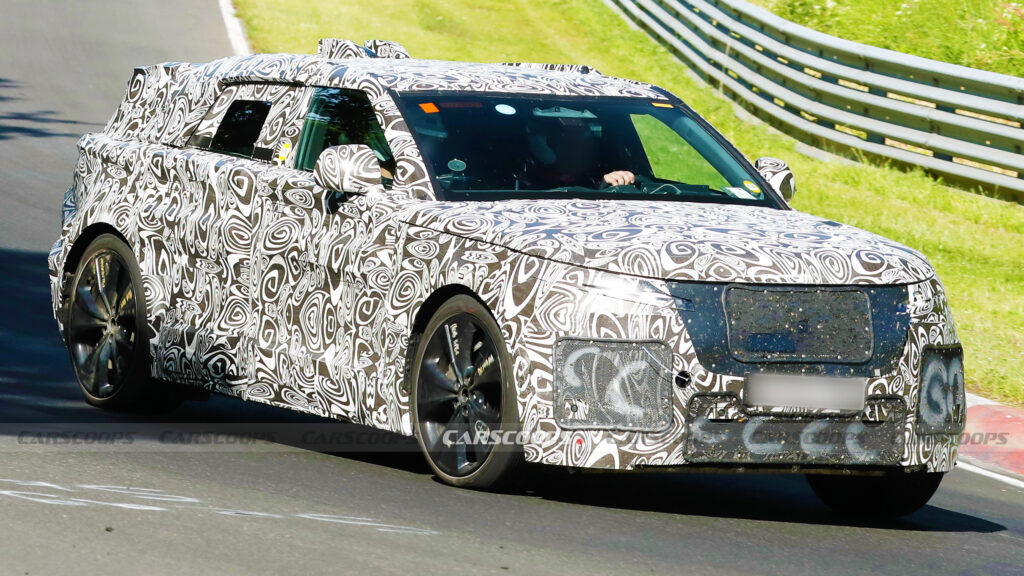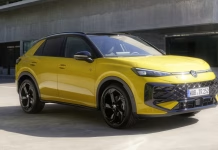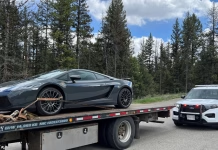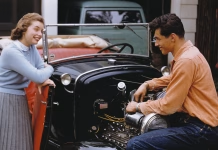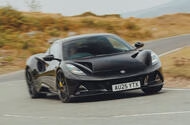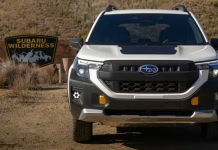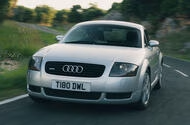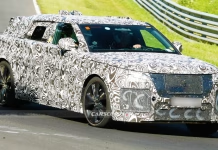Toyota Altezza Auction Pulled After Legal Concerns Spark Community Uproar
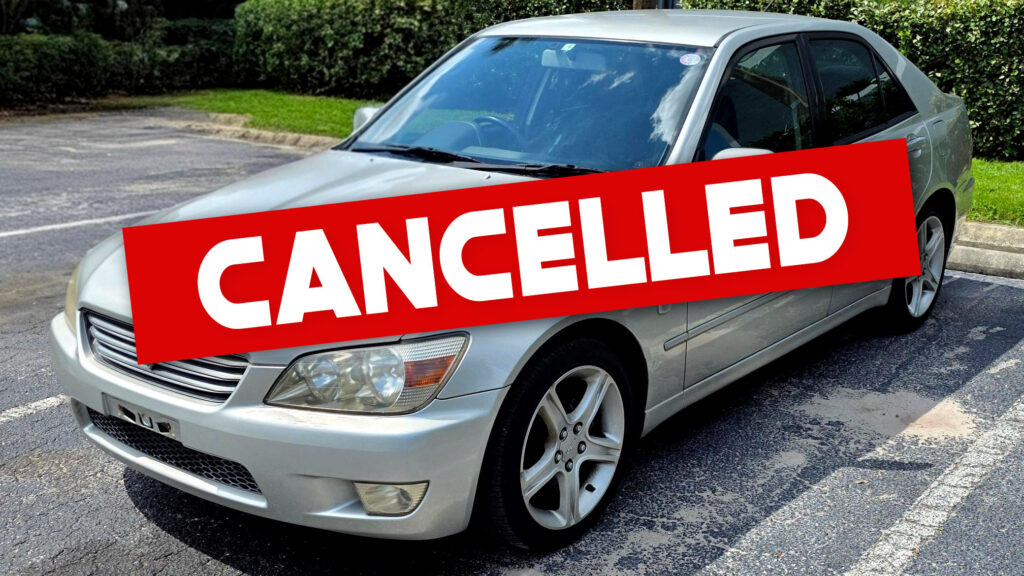
Volkswagen Bids Farewell to Gas Engines with Final T-Roc Model
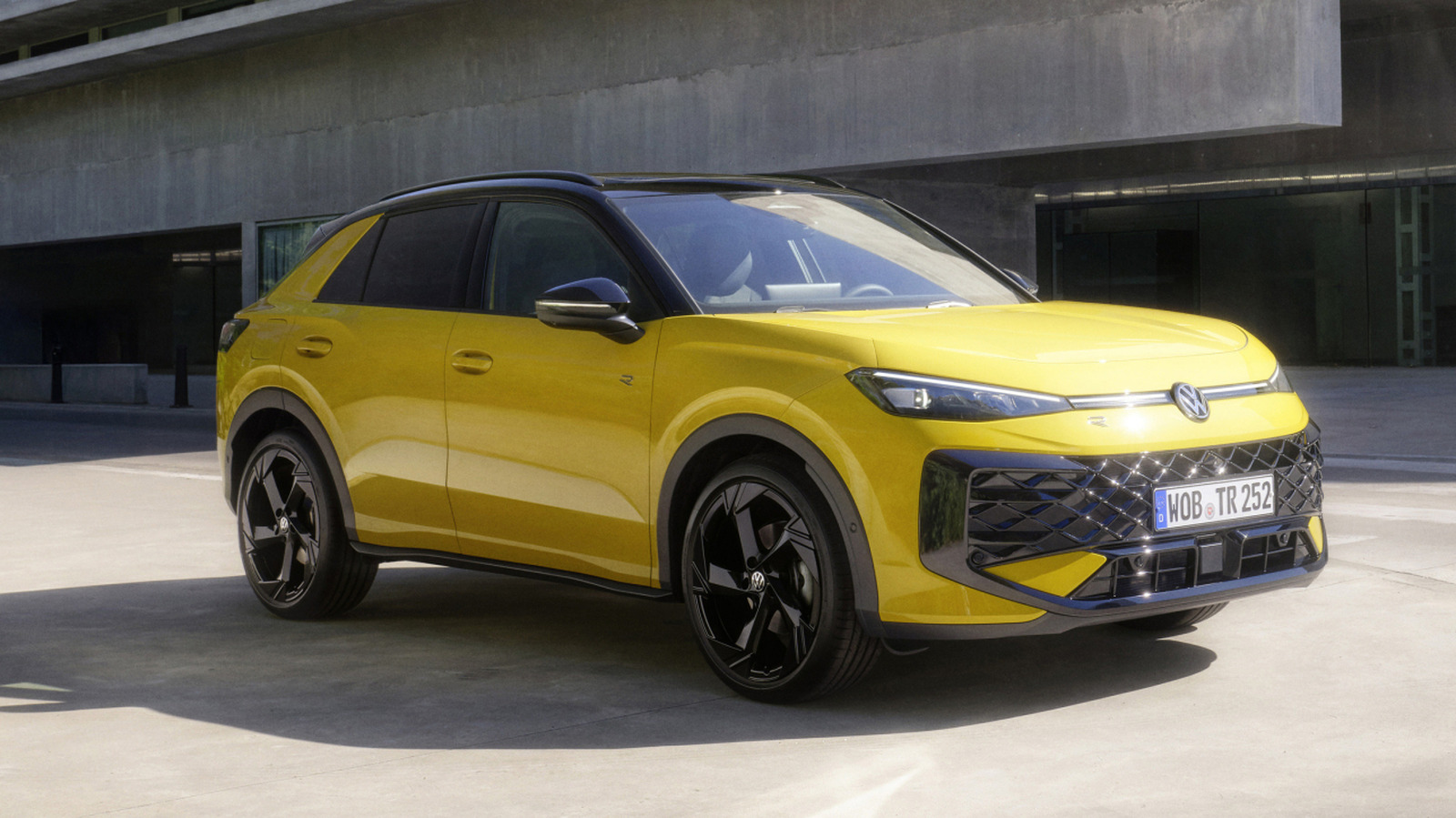
Top 10 Estate Cars for Every Budget Versatile Wagons That Outshine SUVs in Space...
 Our list of the very best load-lugging wagons you can buy new today, with something to suit all budgets
Our list of the very best load-lugging wagons you can buy new today, with something to suit all budgets
Despite the growing influence of SUVs, the estate car is still a strong presence in the UK car market.
There are several reasons for their continued popularity, ranging from their daily versatility to their huge levels of practicality.
The best estate cars are also better to drive than most SUVs, often surpassing their high-riding counterparts in terms of interior space and versatility. Many argue they satisfy the cliché of being 'all the car you'll ever need.'
The current crop of estates is incredibly diverse, too, which means there are endless options when it comes to size, performance and functionality.
The list is so broad that you can have anything from a simplistic, mile-munching diesel to a more luxurious, materially-rich shooting brake.
There's also a growing choice of electric estate cars on sale, with models from brands including Volkswagen, Audi and MG.
Be it superb ride comfort, exceptional efficiency or supercar-baiting performance and handling, there’s an estate to suit every taste and budget.
We think the best estate car on sale today is the Skoda Superb, which lives up to its name thanks to its spacious interior, versatile powertrain lineup and its driving dynamics to such a degree that we rated it a perfect five stars in our road test.
There's a host of other rivals worth considering, though, so read on as we list the 10 best estate cars on sale in the UK today.
Speeding to Regret: Costly Lesson as Lamborghini Impounded on the Way to Track Day
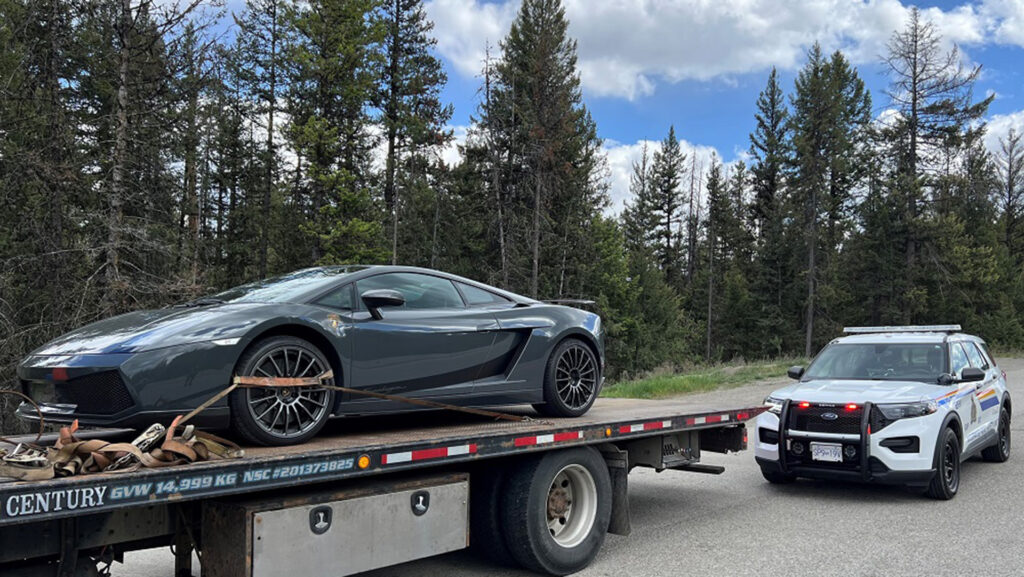
Why Manual Cars Are the Smart Choice for Teen Drivers
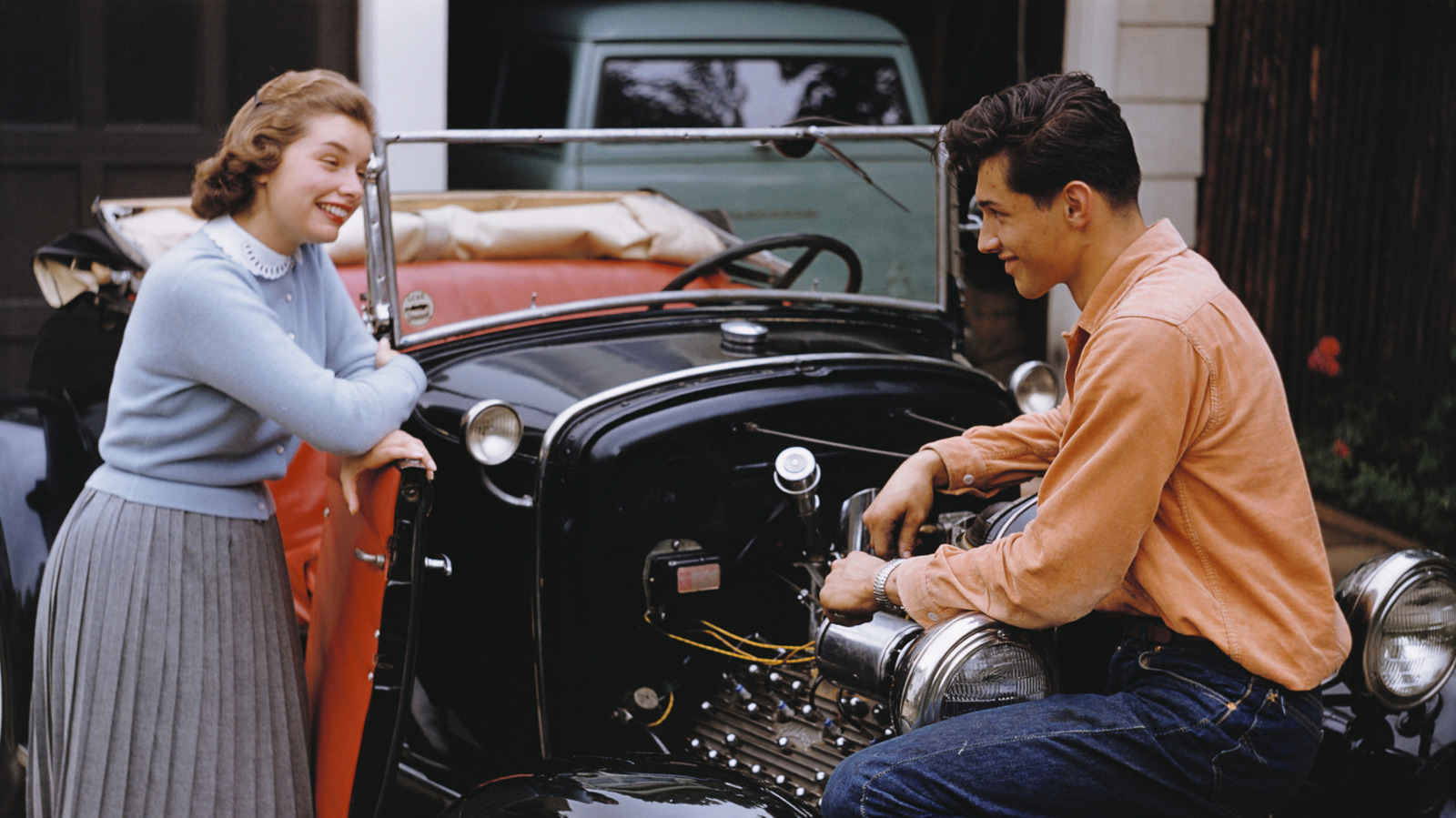
Lotus Emira Set for 2027 Plug In Hybrid Makeover with Advanced Hyper Hybrid Tech
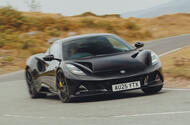 Sports car will gain same 'Hyper Hybrid' technology being developed for the brand's EVs
Sports car will gain same 'Hyper Hybrid' technology being developed for the brand's EVs
Lotus has confirmed it is planning a plug-in hybrid version of the Emira sports car as well as an ‘upgrade’ to the V6 model as part of a facelift timed to comply with the Euro 7 emissions regulation change in 2027.
Lotus CEO Feng Qingfeng told analysts on the company’s second quarter results call the model would gain the same ‘Hyper Hybrid’ technology scheduled to be rolled out first in an SUV model later this year, expected to be the Eletre.
The current four-cylinder turbocharged Emira, which uses a Mercedes-AMG powerplant, appears to on the chopping block amid the EU7 makeover. The V6 uses a Toyota engine but Lotus has previously said that can’t be upgraded to meet the EU7 regulations.
The inclusion of plug-in hybrid technology in the Emira as part of a closer cooperation between the Chinese-based Lotus Tech division and Lotus Cars in the UK, which focuses on sports cars.
Feng made no reference to the Thursday 28 announcement that Lotus would cut around 40 percent of the workforce in the UK – 550 jobs – but said that the recent decision to combine Lotus Tech with Lotus Cars would bring efficiencies.
“We see big room for efficiency improvements while we consolidate a lot of the functions together, including the technology synergies,” Feng said.
The CEO confirmed his commitment to the UK arm, which had been rocked by news – since denied – that Lotus wanted to move production out of the UK
“We have ambitious goals for the Lotus Cars operation in the future,” Feng said. “We will focus on the very high performance attributes and also high-performance engineering services.”
Lotus’s commitment to the future of the Emira will bring a sigh of relief to those remaining workers at the company’s production plant in Hethel, Norfolk, who faced an uncertain future as the planned electric replacement was halted while sales in the US plummeted on the imposition of higher tariffs in April.
Lotus deliveries in the first half slumped by almost half to 2813 as the company halted Emira exports to its key US market on the tariff increase. Emira deliveries fell 64% to just 891 in the first half. Exports to the US resumed in July after the UK government negotiated cut in the tariffs from 27.5% to 15%
Lotus posted a net loss of $313 million (£230 million) for the first half of 2025, an improvement from the previous half-year performance, when it lost $424 million.
Lotus has pivoted to plug-in hybrids after sales of its electric Eletre SUV and Emeya saloon fell short of ambitious targets amid a wider reluctance among luxury car buyers to move to electric. “We will actively promoting our Hyper Hybrid technology,” Feng said on the call.
Lotus previously tested a plug-in hybrid version of the Evora sports car featuring a 1.2-litre three-cylinder engine mated to an electric motor and 17kWh battery giving a potential range of 35 miles. The so-called 414E never made it to production.
There was some good news for Lotus in that sales of its Eletre and Emeya models rose in the second quarter in China helped by upgraded versions of the Eletre.
2026 Subaru Forester Wilderness Debuts with Rugged Upgrades and Off-Road Power
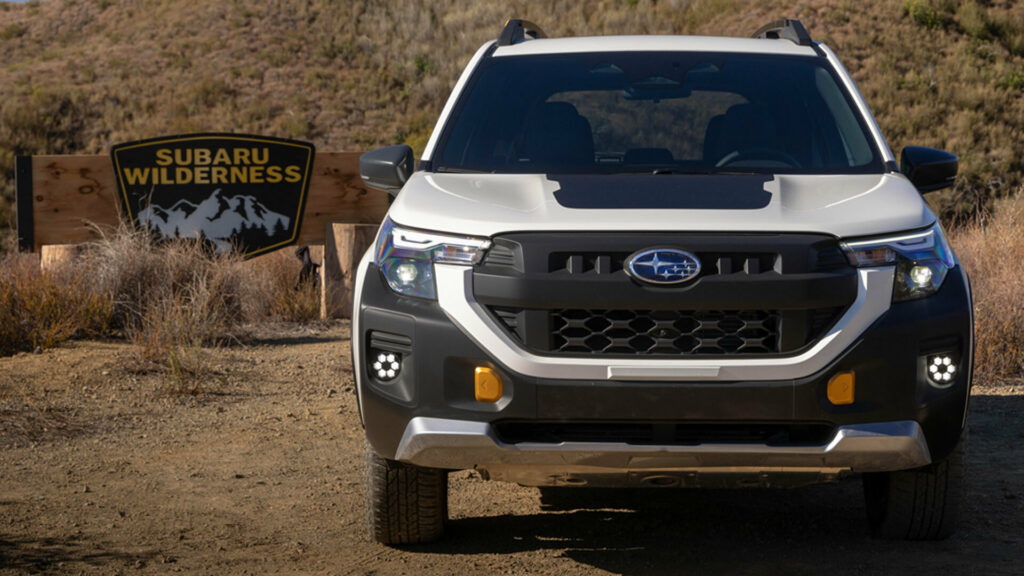
Tesla’s Self-Driving Struggles and EU’s Auto Tariff Dilemma

Audi Unveils Bold Concept Car Blending TT Heritage with Futuristic Design at Munich Show
 Brand hints at retro inspiration for new design manifesto, earmarked for debut at Munich motor show
Brand hints at retro inspiration for new design manifesto, earmarked for debut at Munich motor show
Audi has hinted its upcoming concept will take inspiration from the original TT, as well as 1991’s Avus show car and historic racing models.
As previously reported by Autocar, the concept, set for unveiling at the upcoming Munich motor show, will preview an all-new look for the brand under design boss Massimo Frascella.
Audi CEO Gernot Döllner previously said that the design would be “a bold step for the brand” and that it would “would look to the future and the strengths of Audi design, for clarity and to bring that to the future, not copying the past”.
This is a sentiment that has been echoed in a new video posted to Audi’s social media channels.
The clip states “the legends of yesterday are the blueprint for tomorrow” with the strapline “strive for clarity” while showing images of the TT, the Avus concept and several Auto Union grand prix cars from the 1930s.
Given the timing of the video, with the Munich show opening its doors to the press on 8 September, it's a strong hint at the inspirations behind the concept that is set to be unveiled.
“The absolutely fantastic aspect is that it seems that he [Frascella] somehow had Audi in his mind for his whole career," said Döllner. "Now is the time to let Audi out of the mind of Massimo Frascella."
Range Rover Velar EV Set to Redefine Luxury SUVs With Electric Power and Bold...
